METHODS OF MAYHEM: LADY GAGA & THE SORCERY OF THE SPECTACLE
DJ POOLHOUSE ON THE MONSTERS UNDER LADY GAGA'S BED.
Lady Gaga is a sorceress, conjuring new identities from the wreckage of the old. With MAYHEM, she doesn’t just return to form—she crafts a spell for self-reinvention, revealing the mechanisms of her own spectacle in the process.
GAGA: methods of mayhem
I: The Sorceress of the Spectacle - A GAGA-HAGIOGRAPHY by DJ POOLHOUSE
II: Gaga’s Infernal Book of MAYHEM - DJ POOLHOUSE on GAGA’s GRIMOIRE: MAYHEM
THE SORCERESS OF THE SPECTACLE: A GAGA-HAGIOGRAPHY
Lady Gaga is a true pop artist—just as much in the Warhol-Basquiat-downtown sense as in the Madonna-Prince-Michael Jackson-techno-avatars-of-the-video-age tradition. A closer look at her work reveals she was never just the Eurotrash-inflected pop provocateur draped in shock theatrics that first defined her image.
Stefani Germanotta, the woman behind Gaga, is a genuine pop visionary—a trendsetter, multi-instrumentalist, and masterful songwriter-producer.
Yet, emerging in an era when “authenticity” was prized over artifice, she faced skepticism during her 2008–2010 breakthrough. Some of us, however, recognized her from the start as a true pop auteur, in the mold of Bowie or Kate Bush.
More than a performer, Gaga has always been the executive producer and high priestess of her own product-spectacle—an ongoing meta-performance of stardom that we could call The Fame.
She is a STAR, in the most literal sense—a deific force, a sorceress of the imagination, and an architect of her own zeitgeist. Love her or not, her name is synonymous with capital-T Talent. Her work is unmistakable, always shiny, always expensive. This is a woman with chops.
Marry the Night: Mythologies of Reinvention
There’s an old video of Stefani Germanotta singing at a showcase for industry talent scouts during her days at NYU.
This footage was probably filmed around 2005. Germanotta is a mousy little brunette who takes on an outsized presence when she comes alive behind the keys, performing a lovely piano ballad and a hard-rockin’ jazz number.
She is met with enthusiastic applause. The “Stefani Germanotta You Will Never Be Famous” memes are fake as fuck. There is no way anyone doubted she could be a star—just maybe not one like Lady Gaga.
The emcee and judges are profuse in their accolades for the young jazz-pop pianist. “Norah Jones, look out!” one of the industry people onstage quips.
There’s a world where Lady Gaga never even even happens, where instead the Stefani Germanotta Band stayed in their hipster-friendly piano bar rock lane, giving Sara Bareilles or even Adele a run for their money.
But then one day, Aladdin Sane tossed down a lightning bolt of creative potential from disco heaven, and it struck Stefani Germanotta right in the heart.
The young aspiring superstar knew exactly what she had to do.
She realized the era of the Norah Jones-sensitive piano girl was OVER.
She knew intuitively that the spirit of the times was evolving constantly.
She understood that the audience wanted something different.
And so, Stefani reached into her mind’s eye and drew upon all that captured her imagination musically.
And in an act of pure sorcery, Stefani Germanotta conjured up a powerful entity she accessed through her craft.
The slumbering beast within had been awakened, and the name of this strange angel was to be inscribed upon the world: LADY GAGA.
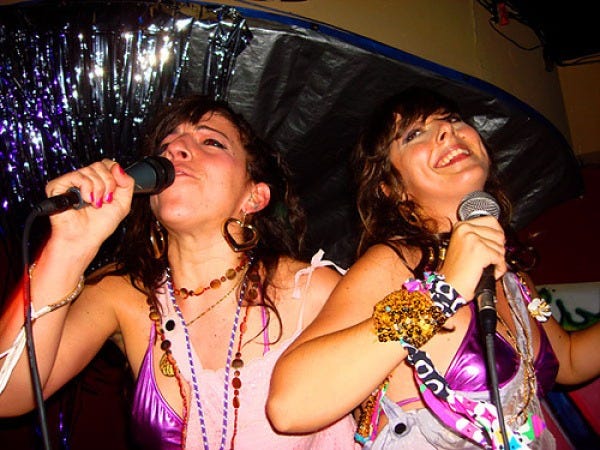
Now, Lady Gaga is nothing if not a student of culture.
This uptown Catholic prep school kid, a classically trained pianist and drama geek, discovered the Downtown Underground in her youth, a scene awash in dazzling electro-static.
It birthed countless offshoots: indie sleaze, hipster dirtbag culture, Vice Magazine-style irreverence, the indie-to-pop crossover pipeline (à la Scissor Sisters), and a wave of electropop revivalism—already passé in the underground by the time Gaga hit the downtown scene in 2005.
By 2007, after being unceremoniously dropped by Def Jam, Stefani Germanotta was searching for a new musical identity. It was then that her highbrow artistic vision collided with the electroclash-fueled indie sleaze contagion pulsing through NYC’s underground.
Out went the Norah Jones earnest singer-songwriter schtick. Instead, Germanotta embraced the ironic allure of metal and buttrock aesthetics, the undeniable thump of the disco beat, and the unbelievable power of stadium-sized POP. These elements all converged into a single artistic vision which was received by our new Madonna.
Forced to start over after losing her record deal, trapped in the depths of despair, Stefani Germanotta banged her disco stick on the side of her LES bathtub cauldron.
The mirrorball shattered, sparks flew, and out hatched a little Lady.
ABRACADABRA, presto-change-o, from fashion to fashion, stardust to stardust: a star had been born! Goo goo, ga ga.
The extended opening to the Marry the Night music video mythologizes the Gaga creation myth—or perhaps, more accurately, ceremonially ritualizes it. The short film sets up a narrative that resets the occulted period in her early biography into a work of performance and art and product.
And it is the narrative and overall aesthetic of this short film that lies at the heart of the mystique Gaga is attempting to re-cultivate with MAYHEM.
Because the Marry the Night film and MAYHEM are ultimately about the same thing:
They are each works meditating on Gaga’s artistic process of self-actualization—they are works about how she collects the pieces of her shattered self and reassembles the bones into new musical mosaics.
These works are about Lady Gaga’s process of creating Lady Gaga.
The Secrets of her Craft.
She is revealing to us some of the Enochian codes she uses in her processes for summoning the Beast within.
And this is the key to unlocking MAYHEM’s many mysteries:
Lady Gaga is revealing a glimpse into her grimoire.
MAYHEM is the spellbook Gaga uses for her Sorcery of the Spectacle.
MAYHEM is her method for summoning The Fame Monster.
When I look back on my life
It's not that I don't want to see things exactly as they happened
It's just that I prefer to remember them in an artistic way
And truthfully the lie of it all is much more honest because
I invented it
Clinical psychology tells us arguably that trauma is the ultimate killer
Memories are not recycled like atoms and particles in quantum physics
They can be lost forever
It's sort of like my past is an unfinished painting
And as the artist of that painting
I must fill in all the ugly holes
And make it beautiful again
It's not that I've been dishonest
It's just that I loathe reality
— Lady Gaga on her self-mythos (from Marry the Night music video)
Unlocking the Alchemical Avatar
In Marry the Night, Gaga gives us her own creation myth—a young Stefani Germanotta at rock bottom, piecing herself back together after being dropped from Def Jam, forced to start over from nothing.
The Fame always demands a sacrifice. A piece of Stefani Germanotta must die. The toll must be paid to the angels.
There are many stories about how Gaga got her name, but in this retelling, she Marries the Night—surrendering to a darkness of the soul. She allows herself to be broken, hospitalized, sent to a recovery house. Then, she reassembles the shattered pieces, forging her new identity: Lady Gaga.
Marry the Night tells the story of Gaga at a crisis point—a moment where despair, rejection, desperation, and perhaps a little witchcraft, madness, and a lot of drugs congeal into transformation.
In her Lower East Side apartment, a wounded Germanotta falls through the looking-glass mirrorball and emerges on the other side of The Fame—self-proclaimed Queen of a Radio Gaga Wonderland.
The Marry the Night narrative is the foundation of MAYHEM. Once again, Gaga is rearranging the shattered pieces of herself—offering a new yet familiar vision of Lady Gaga.
“Reassembling a shattered mirror: even if you can’t put the pieces back together perfectly, you can create something beautiful and whole in its own new way.” — MAYHEM Press Release
Here lies the true key to Gaga’s Sorcery of the Spectacle: MAYHEM.
From the moment she emerged, Gaga wielded chaos as a weapon, disrupting the market with as much mayhem as possible. She drew a circle in the clouds, summoned her cybernetic pop machine, and blasted off for the Fame.
She achieved this by fusing her primordial pop-rock influences with a glamorous, downtown artifice—textured by the gay and indie club sensibilities she absorbed. The electroclash club kid and proto-indie sleaze dirtbag subcultures? She didn’t just inhabit them—she fully productized them, turning their chaos into a marketing juggernaut.
It was an act of pure alchemy.
Gaga tamed the underground’s disorder, marrying its mayhem with commercial appeal. Like all great pop artists, Gaga found a way to make something cutting edge by collapsing art and pop into each other.
Using Ace of Base and Queen the way Warhol employed Campbell’s Soup labels, Gaga’s spectacle was immediately riveting upon impact.
Her sorcery was astonishing. Her trajectory, meteoric.
She transgressed the “keeping it real” dogma of 2000s pop, forcing her to betray the very idea of musical authenticity.
Gaga’s knack for controversy came from her self-aware artifice—her winking, irreverent packaging, her sly public statements. She was a synthetic product who knew she was a synthetic product, wanted the audience to know she was a synthetic product, and dared us to embrace her because she so damn good at being a synthetic product.
This recursive brilliance is at the essence of her spectacular sorcery.
Through her meta-performance as Lady Gaga, Stefani Germanotta was revealing the inner workings of The Fame, while at the same time obfuscating her own identity through the creative process.
She was performing impressively elegant danse macabre.
But when you dance in the dark, things are bound to go bump in the night.
The mayhem of your magic catches up with you eventually.
And now, in 2025, the Fame Monster she created all those years ago has not only been reawakened–she allows it to gain sentience.
On MAYHEM, the artist opens the pages of her blackest tome to reveal the secrets of her crimes (there are numerous clues, for those who know where to look).
She wants to show us her sha-da-dow work.
Lady Gaga wants you to know she is a Supreme.
Revelation of Mother Mayhem
The tantalizing artifice Gaga created for The Fame was partially peeled away during her Saturday Night Live debut in October 2009, just before The Fame Monster’s release.
During her encore, the audience got their first true glimpse of Stefani Germanotta, the woman behind the Gaga machine.
It started as expected: Gaga strutted onstage in black lingerie, sunglasses, and a bizarre rotating orb contraption (perhaps an homage to the statue of Atlas outside of SNL’s 30 Rock studios).
Gaga kicks off the performance with LoveGame, her bouncy hit that introduced “Disco Stick” into pop consciousness.
The choice felt almost unnecessary—wasn’t she supposed to sing Poker Face?
Then, as if reading our minds, she pivoted.
Her statuesque poise eased. She moved from her mark.
The band kept playing the LoveGame riff—harder, funkier than before. Gaga strutted across the stage, her orb still rotating, and took a seat at a piano that had been waiting for her all along.
The room fell silent.
Before, Gaga had been performing for our amusement.
Now, she was in command.
The audience was captive.
This was the moment Gaga’s bewitching of America truly began.
Leaning into the keys, she launched into a masterful, emotionally charged vocal performance, teasing elements of an unknown song—later revealed to be Bad Romance.
Her voice was charged with feeling. The girl could sing.
She paused, the studio suspended in silence.
Softly, she murmured, "Hello, SNL," lifting her sunglasses—her eyes still partially obscured by the rings of her orb. Then, she effortlessly transitioned into a jazzy, American Songbook-style number, waxing nostalgic about Yankees games with her dad and nights on Rivington Street.
In that moment, the year-long Gaga backlash evaporated.
A hidden irony of her meta-performance had been revealed: all along, Gaga had been allowing the audience to underestimate her, so that we could embrace her.
The layers of artifice emanating from her aura had actually obscured her true power.
With the tantalizing glamor of her art pop, Stefani Germanotta had managed to hide her power levels from the public.
Somehow, Germanotta must have understood that the audience would never accept the overly earnest, sappy, piano-bar, wannabe-Norah Jones theater kid from NYU into their hearts without a fight.
They didn’t want safety. They clamored for mayhem.
So she built a Trojan Horse.
A Mother Mayhem Machine.
A spectacular, cybernetic (thus, quite literally, magical) star-making contraption that Stefani Germanotta used as a vessel to smuggled onto the charts.
To execute this so deftly went beyond artistry or business acumen.
No, Gaga’s act of artistic self-creation was a triumph of magic.
It was alchemical—for she wasn’t just transmuting herself, she was reshaping the world around her.
Gaga’s ability to forge order from chaos was both her theurgy and thaumaturgy.
Like an ancient temple priest, she had opened a portal, summoning one of the great and terrible primordial gods lurking in the abyss of the unconscious mind.
She had created a Monster.
Or had the Monster created her?
"New York! It’s Saturday Night!" she sang triumphantly.
The audience erupted.
A-P-P-L-A-U-S-E.
Hearts were warmed.
Magic was in the air.
I sat there, transfixed, watching from the West Coast. It was a tape delay, but it didn’t matter.
I could feel the spirit of the times radiating through the screen.
Gaga’s spectacular phantasm reached into my heart.
Suddenly, I got it.
The lady was a genius. The kind of star you only see once-in-a-generation.
Sitting there in the dark, I whispered to myself, “She could be our Bowie.”
GAGA’S INFERNAL BOOK OF MAYHEM
Monsters. Disease. Madness. Devotion. Blood. Ritual. Sacrifice. Running from the past. Running into the arms of the Monsters.
These are the ingredients in Gaga’s infernal cookbook.
Lady Gaga operates on powerful circuits of the creative unconscious. Some call it psychology, but her artistry transcends the mundane, stimulating the imagination on a near-mystical level. Gaga’s work is sorcery.
Like Bowie, Madonna, and Prince, she channels archetypal forces through sound, vision, and performance—on a mass commercial scale so vast that it can only be described as the sorcery of the spectacle.
And she does this in a way that perhaps no woman but Madonna had done before her.
By my definition, Gaga is a True Artist™—one who peers into the spirit of the age, extracts its essence, and transmutes it into an object (or product) of art.
The PR blitz leading up to MAYHEM framed it as Gaga’s grand return to pop music after a decade of detours into country-rock, power ballads, Hollywood, and jazz.
But we’d heard this before—Chromatica was pitched the same way. And while Chromatica had its moments and added a few shiny classics to the Gaga songbook, it felt too polished, too generic, lacking her hallmarks: unrestrained power rock vocals, kooky bridges, meta-conceptual brilliance. Like Joanne before it, what it really lacked was her self-aware, knowing wink.
It lacked the mayhem: the chaos of disintegration.
But MAYHEM? For the first time since ARTPOP, Gaga is once again the Sorceress of the Spectacle.
The title and aesthetics led many to expect a rock or industrial album, but MAYHEM’s meaning is esoteric. Sonically, the influences are wide-ranging but cohesive—decidedly boilerplate, never straying too far from her comfort zone. The much-hyped “industrial” edge? Muted, almost illusory.
Instead, MAYHEM speaks to the havoc fame wreaks upon the soul. For Gaga, the title is deeply personal—cycles of addiction, abuse, abandonment, the creeping imminence of death. MAYHEM reflects her desperate yearning to escape a gilded cage of her own making. These themes thread through the album.
The word mayhem shares its root with maim—to injure, cripple, castrate, destroy.
MAYHEM finds Gaga barely surviving the fallout of The Fame Monster she created. Its fractured gothic visuals, shattered mirror motifs, and haunting promotional materials align with mayhem as something that wounds, injures, dismembers.
And yet, rather than wallowing in the abyss, MAYHEM is ultimately a work of healing. It seeks to break free from the wreckage of The Fame Monster.
“I would say that this album, from start to finish, was like pieces coming together. My mantra for this record: Go with the chaos.”
–Lady Gaga on MAYHEM (Billboard)
Aesthetically (in the album art, music videos and promotional images) the album leans heavily on gothic horror—a central theme in Gaga’s artistry, particularly in her 2008–2012 era.
This classic period saw the artist repeatedly evoke classic horror iconography (most iconically with Bad Romance), occult imagery, and violence, motifs that continue to haunt her work—including MAYHEM.
Mask / Masquerade (Poker Face, Aura) images in her videos featuring masked balls, à la Eyes Wide Shut and the tradition of the masque, a dramatic form derived from esoteric tradition, the (this motif should include “Eye of Horus” or “Eye of Judas” motif—she strangely posed for numerous photos with one hand over her eye.)
The Monster (The Fame Monster, her Little Monsters, the grotesque figures on the Born This Way album cover, Swine).
Vampires, blood, and violent transformation (Teeth, Monster, The Beast, Bloody Mary,).
The infamous Meat Dress—a literal representation of her own spectacle (she is food for the Fame Monster).
Her 2009 VMAs performance of Paparazzi, featuring ritual bloodletting, madness, and sacrifice, culminating in Gaga’s mock execution—suspended from the rafters like a piece of meat, or perhaps, the victim of ritual murder.
Themes of being on the run from danger, or crimes of the past, a theme present in Paparazzi, Highway Unicorn, Marry the Night, and the music videos for Telephone and G.U.Y.
Gaga’s music and videos also tell stories of people on the run from their crimes. There are countless examples of Gaga as girl with a gun on the run, allusions to a murder in her videos and lyrics (peep the opening lines to ARTPOP’s first track).
There is her recurring fascination with Princess Di, whose death is an embodiment of both The Chase and The Fame Monster.
This is The Chase–Gaga as the girl with a gun on the run, always running from, but simultaneously toward, The Monster, in perpetuity.
On MAYHEM, Gaga declares that she may have been born to run, but she has grown tired of The Chase.
MAYHEM: A Return to the Craft
By understanding how Gaga wields the symbolic unconscious in her spectacle, we begin to decipher the Gaga Grimoire.
If there were an infernal cookbook behind her sorcery, these would be the key ingredients:
Masks, Concealed Identities
Monsters
Illness / Contagion
Devotion / Fanaticism / Madness
Blood, Ritual, Sacrifice
The Chase—running from death, from monsters, from one’s own crimes; running toward death, into the monster’s arms
These themes define MAYHEM. This is a record of self-transmutation—a manual steeped in Gaga’s own lexicon of witchcraft, reimagining and reinscribing her legacy.
If Gaga did possess an infernal spellbook—a black leather-bound tome shelved beside the cube where she stores Lina Morgana’s soul—then surely, that text would be titled MAYHEM.
Yet, unlike The Fame Monster or Born This Way, MAYHEM does not revel in the darkness of her sorcery. It does not fetishize horror. Instead, it seeks to transmute the violence of Fame, to absolve Gaga of the wounds she inflicted upon her own soul in its pursuit.
Whether or not she succeeds in this effort is between her and God.
But one thing is clear—she had a lot of fun in the process, and so too will many of the fans who can set aside their expectations of what they think the album should be, and instead embrace it for what it is.
MAYHEM is constructed from the infernal symbols splattered across the pages of Gaga’s grimoire. Yet here, she is searching not to summon the Fame Monster, but to pacify it.
MAYHEM elevates the Gaga creative project—a reset of her theurgic drive.
Just as Stefani Germanotta once forged a new pop order from the chaos of the downtown club underground, she now creates MAYHEM from the wreckage of her own career.
She does not seek to change the present. Instead, she transforms her past.
Through her recursive symbolic language, she expands the dimensions of her legacy, bending time to serve her artistry.
MAYHEM retroactively inscribes itself upon Gaga’s legacy.
It provides us with the framework to understand her discography in its totality.
MAYHEM gives us a language with which we can talk about her most iconic material..
This is the mark of a True Artist—a resurrection from the shattered pieces of past creative cycles.
Love it or hate it—that’s irrelevant to true artists like Lady Gaga or DJ POOLHOUSE.
We create. You react. Pure and simple.
What defines the artist is now the audience receives their work in a given time, but rather the ability to tap into the unconscious pulse of the age, extract meaning, and rearrange the past and self into a new form—one that retells a story of the past, but also possibly foreshadows what is to come.
The True Artist withstands the mayhem of time and emerges with a gift of art—a map through the wreckage, guiding those who receive it through the chaos of their own making.
DISEASE
The best thing about Disease might be Azealia Banks’ reaction to it—but the track itself is a juggernaut, a titanium beast of a song. The lyrics, though, feel a little clunky. The video evokes a menacing specter lurking beneath shiny, happy suburbia—I just wish the lyrics leaned into that tension more.
This song is classic Gaga—anthemic choruses over dark, dramatic dance beats, in the vein of Bad Romance and Dance in the Dark. But while Gaga once rejoiced in the abyss, Disease signals something different: a mission to heal.
Lately, she hasn’t seemed well.
But Gaga is too resolute to let disintegration be the end of her.
Gaga, the re-animator.
Disease, like the album it opens, is a story of redemption.
ABRACADABRA
Gaga dabbling in Babylonian witchcraft is my least favorite mode, and honestly, this single underwhelmed me. Sonically, it echoes Replay (superior) and Scheiße, while lyrically, it treads the same underworld terrain as The Edge of Glory—except this time, it’s The Egyptian Book of the Dead meets black latex German techno.
That said, the production is fantastic. Cirkut and Andrew Wyatt keep it fresh and intricate. An underrated Gaga-ism is her peculiar song structures—likely because many start as piano compositions before being translated into electronic pop, resulting in odd rhythms and unexpected chord progressions.
A major flaw of Chromatica was its lack of compelling middle-8s—something Gaga excels at. MAYHEM corrects this.
The music video also reignited her creative allure. Regaining confidence as a dancer after a decade of physical pain aligns symbolically with MAYHEM's redemptive mission. Gaga is back among her people—she has found herself as a dancer again.
The first two tracks make it clear: Gaga is resurrecting The Fame Monster, visually and conceptually.
It’s giving Reborn This Way.
Edit: SNL performance was a major flex. The trauma of her 2013 injury, the loss in her confidence as a dance pop performer, has been healed to some degree by MAYHEM. She has found a way to bring spectacular theatrics and to serve supernova pop performance without having to sacrifice anything just because she can no longer do Janet Jackson moves in 2011. Gaga has realized that nobody is demanding this of her–the only thing the audience needs from her is her sorcery.
GARDEN OF EDEN
The groove instantly recalls Monster, but less menacing, heavier on electroclash stomp, and glam Bowie stutters in the hook. Fans have already pointed out its similarity to the Fame-era demo Private Audition, but it also shares DNA with The Fame’s title track and has echoes of Blackout-era Britney.
Religious imagery has always been a throughline in Gaga’s work, and here, Paradise is transformed into a hedonistic discotheque—the same hallowed ground where Just Dance was set. People really like this one, I think it's solid but nothing as spectacular as what follows.
PERFECT CELEBRITY
Now we’re cooking.
Gagged Little Pill realness. Like, go off Alanis. Pure ’90s bitchwoman rock with a slinky electro-rock groove. And this thing sounds EXPENSIVE.
This song grabbed me the same way Babylon did on Chromatica. But where Babylon was reclaiming the high-glam house sound, Perfect Celebrity kicks open a creaky door to an entirely new chamber in the sprawling gothic lair of Gaga’s musical archetypes.
Most songs on MAYHEM have clear ancestors within Gaga’s discography (by design—this album is her grimoire), but Perfect Celebrity signals a new possible Gaga modality, one she (and her audience) could age into gracefully.
This was rumored to be "industrial," but thematically and energy-wise, it's more akin to a diva counterpart to Nine Inch Nails’ Starfuckers, Inc.. But let’s be real—this isn’t industrial. If anything, it’s shoegaze-adjacent 90s pop rock. The shimmering chorus is giving Glen Ballard, Nellee Hooper, and Butch Vig teas—compression and spaciousness. I could hear this slotted perfectly between Meredith Brooks and Natalie Imbruglia on a 1997 Hot AC playlist (depressed housewife rock).
Gaga has always been a ROCK vocalist. Her early work leans dance and Europop, but she’s always proclaimed her allegiance to glam and stadium rock—Queen, Elton, Bruce. Perfect Celebrity is a feminine rock song, and MAYHEM leans into the midtempo alt-pop-rock tradition pioneered by Alanis Morissette and Gwen Stefani. The chorus even has a bit of Sheryl Crow?
This track bodes well for Gaga’s future.
Remember, Gaga’s audience is primarily WHITE and WHITE-PASSING GAYS and their WHITE and WHITE-PASSING FAG HAGS. There is no payoff for Gaga to ever be too edgy, progressive etc.
She is forward thinking in her concepts and execution, but in terms of her sound, it is in her interests to PANDER to the audience by repackaging the past.
Sometimes the way she recreates her influences breaks boundaries, but she is never gonna be AG Cook or SOPHIE. (And please remember, the white gays HATED that PC Music shit until five minutes ago. The white gays HATED Vroom Vroom).
Gaga’s audience is best served when Gaga is doing her own version of the past.
Gaga knows knows her audience is aging, and so is she. Perfect Celebrity—more than any other song on the album—grabbed me because I, too, am an aging “white or white-passing gay.”
I remember the ’90s.
Gaga’s frolic in the wet grass of ’90s alt-rock is for ME.
VANISH INTO YOU
Early Gaga was defined by self-consciously iconic tracks that declared themselves legendary upon arrival (Poker Face, Bad Romance).
Vanish Into You lands with that same bang—full of emotion. Bowie comes to mind again with the vocal delivery.
Vanish Into You is and romantic: Gaga realizing that the monster she is always trying to evade can only be thwarted if she surrenders her heart to LOVE instead of THE FAME. The evocative lyrics (“it was cold in the summertime”) add to the already-legendary aura of this track.
The songcraft is stunning, recalling Gaga’s ability to craft intimate, bar-ballad power ballads that still feel cinematic. This is an instant classic in her discography—dripping with drama and electropop flourishes but rooted in a classic Stefani Germanotta Band songwriting style.
This is a power ballad as hot and hard as the sidealk cement outside The Viper Room.
KILLAH
Madonna is often the go-to Gaga comparison, but Prince and MJ—the other ⅔ of the MTV Holy Trinity—are just as crucial here. And so too is the archmage they are all indebted to, the ultimate sorcerer of the spectacle of them all: David Bowie.
The Fame sample and groove work fine; this one took time to grow on me. But the midway tempo shift transforms it into a Y2K-era Williamsburg electro-punk stomper, which I love. The production on MAYHEM is airtight, filled with idiosyncrasies rarely found in paint-by-numbers Top 40 pop.
People seem to really like this one, and I admit the groove is exceptionally well-produced. It is a tad basic lol, but it reminds me of a lot of the deep cuts on The Fame.
It is appropriate that she performed this on SNL last night, as something about this track really reminds me of that show’s theme music?
Edit: the SNL performance last night was legendary. Gaga flexed her artpop conceptual muscles and her rock star chops. She can do Jagger. She can do Prince. She can do Axl. She can do Bowie. She can even do Sabrina Carpenter. She can do it all, baby. The Artist hath been RESURRECTED.
ZOMBIEBOY
Okay—beach goth Summerboy.
I always felt Summerboy was at the nexus of Gwen Stefani’s hyper-syncretic maximalist pop visions and Gaga’s own. I remember being at a party in 2009 when Summerboy was playing, and someone asked, “Is this No Doubt?”
00’s pop being redefined in a torch-passing between Gwen Stefani to Stefani G: there has got to be something more to that mystery.
A crucial overlooked element of MAYHEM is its early-’80s boogie and disco-funk influence. This song evokes Prelude Records (home to some of New York’s funkiest, synth-soaked club tracks), but Gaga’s new wave quirkiness and avant-funk tendencies also make ZE Records a better touchstone (Mutant Disco, anyone?).
That NYC ’80s disco-rock has long been in the Gaga DNA—the aforementioned Summerboy, the title cut on The Fame, Donatella from ARTPOP—but it has never been so fleshed out as it is throughout MAYHEM’s midsection.
LOVEDRUG
This track exemplifies Gaga’s sonic cross-pollination—both in this album and her career.
The opening riff evokes Applause, but the song itself leans into midtempo ’90s rock, akin to the A Star Is Born tracks meant to represent Ally’s later career (Why Did You Do That?, Hair Body Face).
LoveDrug (styled to be twins with LoveGame) is another very ’90s-inspired soundscape, but this is more firmly in the alternative rock style. It reminds me of The Cure meets Savage Garden
In fact, ’80s new wave bands that continued to chart in the ’90s are another logical model for Gaga to be studying at this stage in her career: in addition to The Cure, MAYHEM reminds me of the 1990s big budget studio recordings from Siouxsie Sioux, R.E.M., Depeche Mode, and Duran Duran.
Something about the midtempo 90s revivalist pastiche also brings to mind Garbage’s first two albums, especially here on LoveDrug.
HOW BAD DO U WANT ME
Someone pointed out that the groove sounds eerily similar to Delicate from Reputation—and I buy it.
But Delicate always sounded like it was emulating Yazoo’s Only You.
And that? Seems to be sampled here. (If not, Vince Clarke should sue lol).
This track strolls confidently into the Jack Antonoff-assisted realm of millennial poptimism, but it’s still undeniably Gaga.
Her voice pulls it back from sounding too Taylor-coded—she's darker, sharper, with more vocal quirks than Swift ever allows herself.
It’s fascinating to hear Gaga try her hand at the moody, muted, breathy pop song that’s become the industry standard for female pop stars in the last decade.
But the real surprise is how well it fits into MAYHEM’s overall arc—she’s playing with multiple trends and styles, but they all feel cohesive.
DON’T CALL TONIGHT
I’m genuinely impressed by how well-executed this album is. The songwriting, production, and sequencing are tight and funky, yet still have room to breathe.
Chromatica had its moments, but it felt generic—missing the distinctly Gaga point of view that defined her earlier work. This track’s Chic-style funk guitar (that ’80s disco-boogie influence) places it in the lineage of deep cuts like The Fame, Sexxx Dreams, or her I Want Your Love cover.
"It’s hard to blame you for your crimes when I have mine." Gaga, the eternal fugitive from her past, emerges once more. The hook conjures her Fame Monster era, evoking Alejandro and Telephone with a darker edge. The melody even recalls the Ace of Base-inspired cult classic Eh Eh (Nothing Else I Can Say).
Overall, there’s a tropical vaporwave quality here—Lionel Richie, Huey Lewis vibes. The writing and production feel strikingly masculine and powerful, making me want to drive home, late at night, blasting that delicious bridge through the Hollywood Hills—because, obviously, I live there. I am a character in Less Than Zero.
SHADOW OF A MAN
It seems like Gaga studied where the greats before her were at this stage in their careers.
There are clear parallels between MAYHEM and the works of late-stage global pop superstar, such as:
Prince’s Parade and Sign O the Times
Bowie’s Young Americans, Station to Station, and Lets Dance
Michael Jackson’s Bad and Dangerous
Madonna’s Like a Prayer and Erotica
Whitney Houston’s The Bodyguard Soundtrack
At the very least, these records are spiritual touchstones—if not direct blueprints for MAYHEM’s sonic architecture. On Shadow of a Man, she channels all of the above, and knocks it out of the park in this disco goth funk pop banger.
Shadow of a Man is a beautiful slow burn, one of those late-album tracks that quietly creeps up on you.
THE BEAST
“Last week, you left somebody dead, you're so misunderstood”
This one scares me. Deeply unsettling, The Beast might be the most frightening entry in Gaga’s gothic horror repertoire.
The song suggests a lycanthropic transformation—yet another face revealed behind another veil. The production is pure ’80s film noir—like being trapped inside a low-budget Cinemax skin flick. It’s giving Miami Vice sex scene.
Built on sparse, Phil Collins-esque drums, it instantly evokes In the Air Tonight. And I think that’s intentional—Gaga is tapping into the urban legend that Collins wrote the song after witnessing a murder, confronting the killer through cryptic lyrics at a concert. Like Paul is Dead or Gaga sacrificed Lina, there’s no evidence for any of it, but these myths persist—because they feel true.
And once again, Gaga seems to be confessing to a crime.
The nature of these secrets remains unknown, but the song’s apocalyptic imagery (11:59, the Beast of Revelations) channels existential dread—fame, aging, mortality. Gaga wields the religious iconography of her Catholic faith like a weapon, tapping into its devotional, fanatical power.
Because Gaga is the Beast.
She is the Fame Monster.
At her darkest, she is a bloodthirsty temple priestess, commanding her audience to surrender—to be consumed, to let her eat their hearts, to become her Little Monsters, bound in the violent machinery of her spectacle.
This is perhaps my strongest criticism of Lady Gaga—and MAYHEM suggests she knows it too. Again and again, she searches for forgiveness.
BLADE OF GRASS
As I said, I’ve long believed that Gaga’s talent is on the scale of Bowie’s.
Somewhere after the ARTPOP era, she seemed to lose her way artistically, and her musical output became far less prolific than in the first five years of her career.
I think, in a way, Stefani Germanotta herself became—if not more risk-averse, then at least more careful about the risks she would take.
I speculate, of course, but I think this stems from her “accident”—or whatever it was that really happened with her hip injury.
Gaga couldn’t dance anymore.
That seemed clear.
And what good is a dance-pop star who can’t move?
The lyrics to “Dope” (again, with its MICHAEL JACKSON SKELETON COVER ART—that is a cry for help, people!!) hint at greater substance issues.
We’ve all heard her in-between-song piano banter at charity concerts.
We know she can put a few drinks down.
And there is a distinct "recovery" energy to MAYHEM—I don’t know how else to say it. And Blade of Grass is step 13 or 14 in the Program.
Blade of Grass is jarring, like the harsh light of day hitting you after walking out of an AA meeting, the taste of burnt CoffeeMate still lingering in your mouth. There is a feeling that things have been rocky, but maybe… things are gonna be okay.
Perhaps, finally, the mayhem is behind her.
Maybe, just maybe, Gaga has worked through her bullshit and will finally start delivering records to the audience more than twice a decade.
Blade of Grass is about Gaga being in love with her man-ager, and I am happy for her.
The blade of grass as a symbol for a wedding ring is very beautiful—a glimmer of hope beyond the confines of Gaga’s house of mayhem and horror.
The natural world beckons.
Lady Gaga is going to go touch grass.
A recurring theme on the album is that Gaga is tired of The Chase—she yearns for stillness, for the stability of domesticity.
Gaga’s spellbook has been full of songs about her running from love and into the arms of the Monster. Now, she is finally ready to be still, and let love come to her. She has resolved the central drama of her gothic romance at can proceed to the Electric Chapel.
The Lovers have been synthesized in a chemical marriage, the edenic conditions of Paradise have been relocated.
In many ways, MAYHEM feels like a tombstone epitaph for Lady Gaga—or at least, for the version of Gaga that made herself a star.
But MAYHEM is also a plea for redemption.
It is Gaga praying to Him—or H.I.M. (His Infernal Majesty?)—for forgiveness.
Gaga wants to be redeemed for any spiritual transgressions in her pursuit of becoming Gaga, so that one day, she can die with a smile.
Do you see?
Gaga wants to be forgiven for what it takes to be Gaga.
And she does it the only way she knows how: by writing killer hooks, inflicting as much MAYHEM as possible, and being the best Gaga she can be
And that’s it. The last song on the album!
The record is over now. No more songs!
Everybody say: Thank you, Mother Monster!
We can all go home now.
More from BACKKLASH:
Ep. 29: ARTPOP MYSTERY SCHOOL feat. Cobalt Farmer (@thedigitaldago)
WELCOME HIMEROS and HIMEROSETTES…to this ARTPOP Double Whammy Epic Super-Charged Mega-Episode™ - Poolhouse (@NuganHandVEVO) is joined by beloved reply guy, art bro, and lowkey pop music genius Cobalt Farmer (@thedigitaldago) aka Cobie to do an intense deep dive into Lady Gaga, and her pivotal 2013 cult classic masterpiece




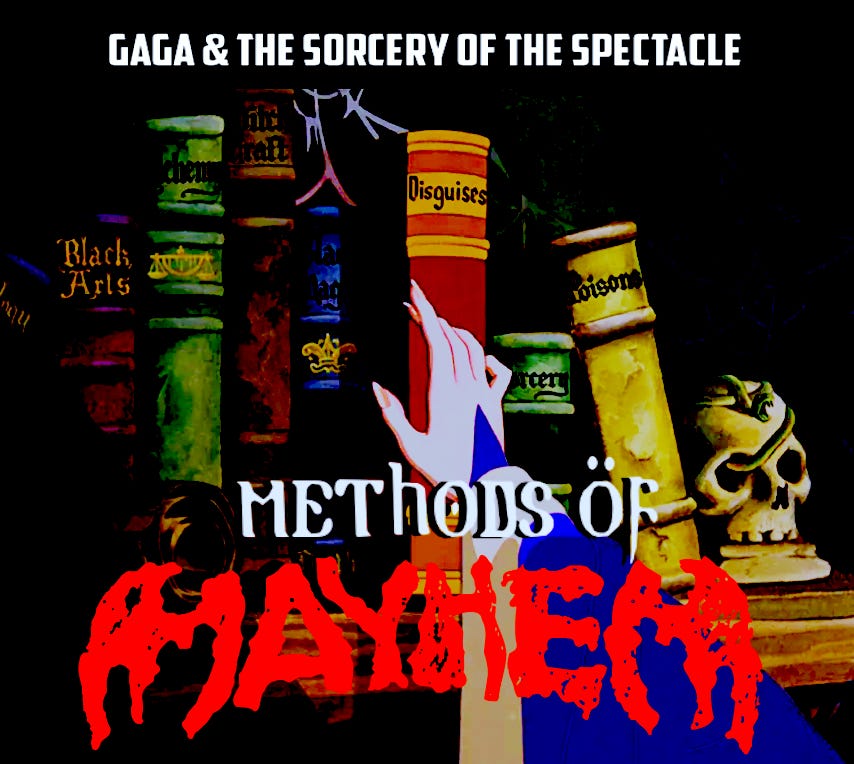
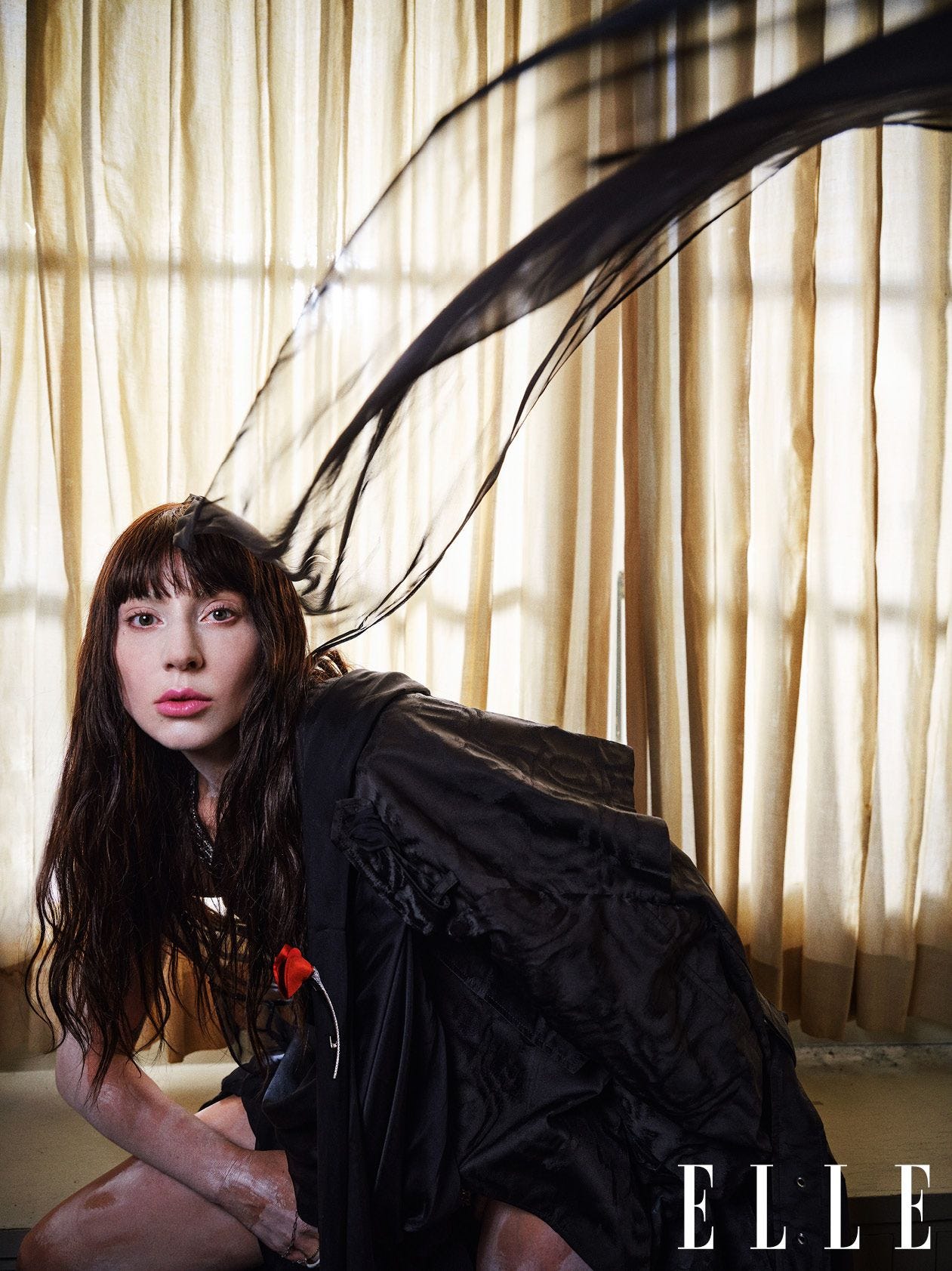
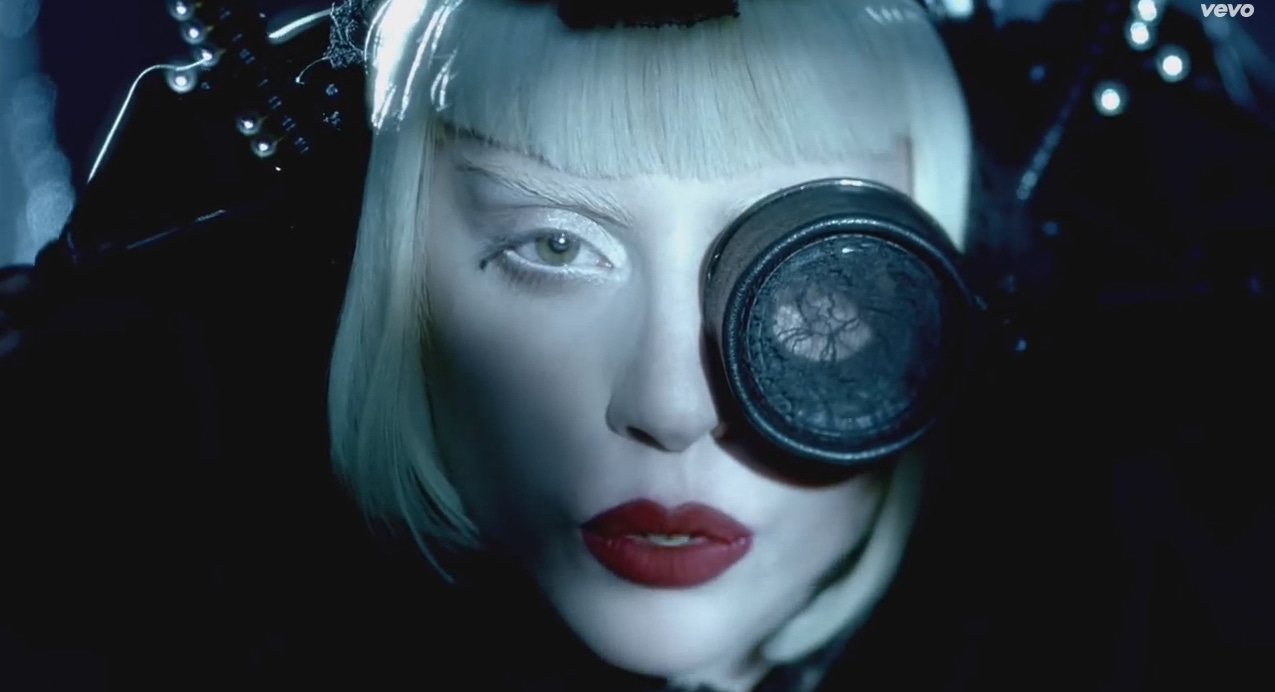
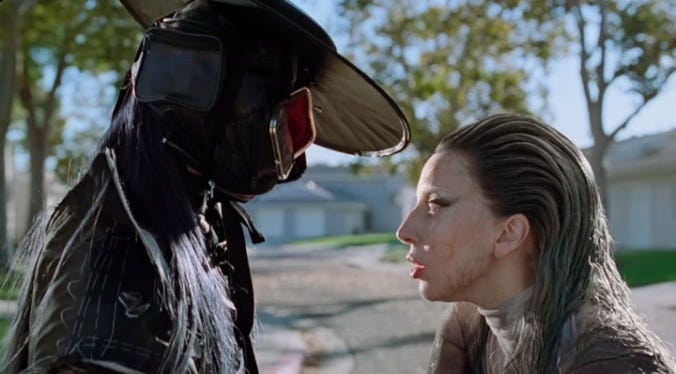
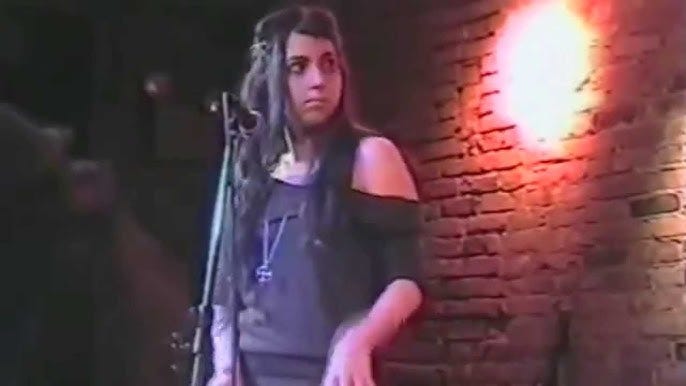
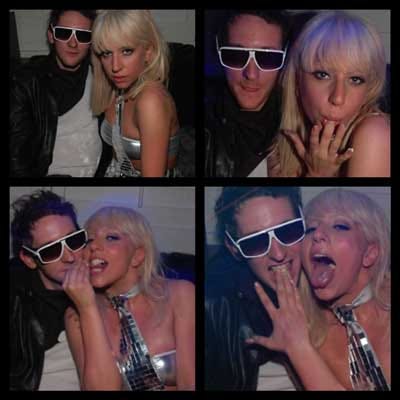
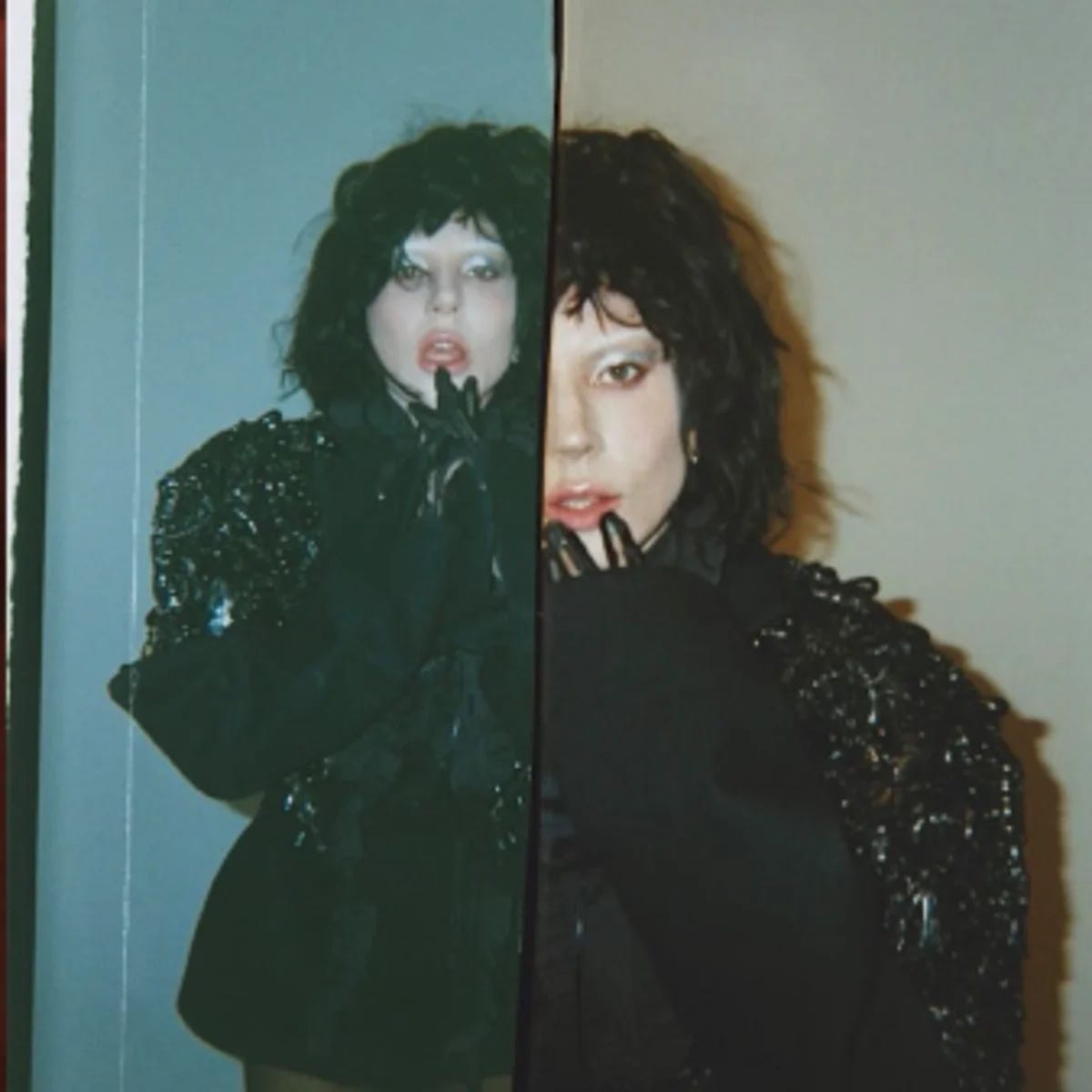
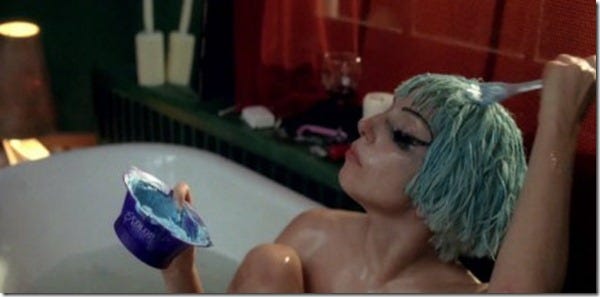
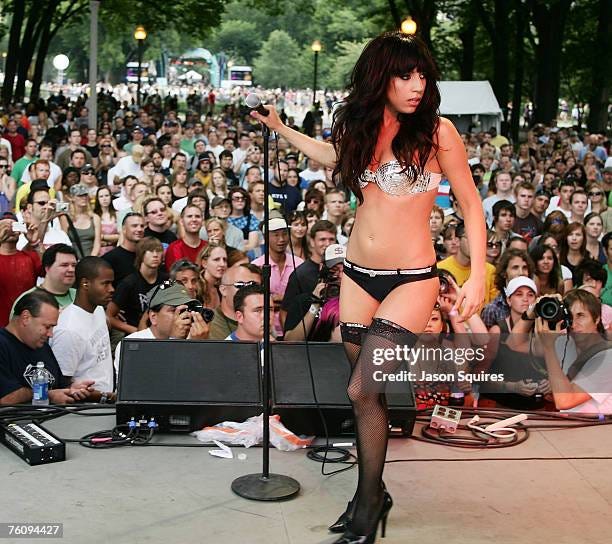


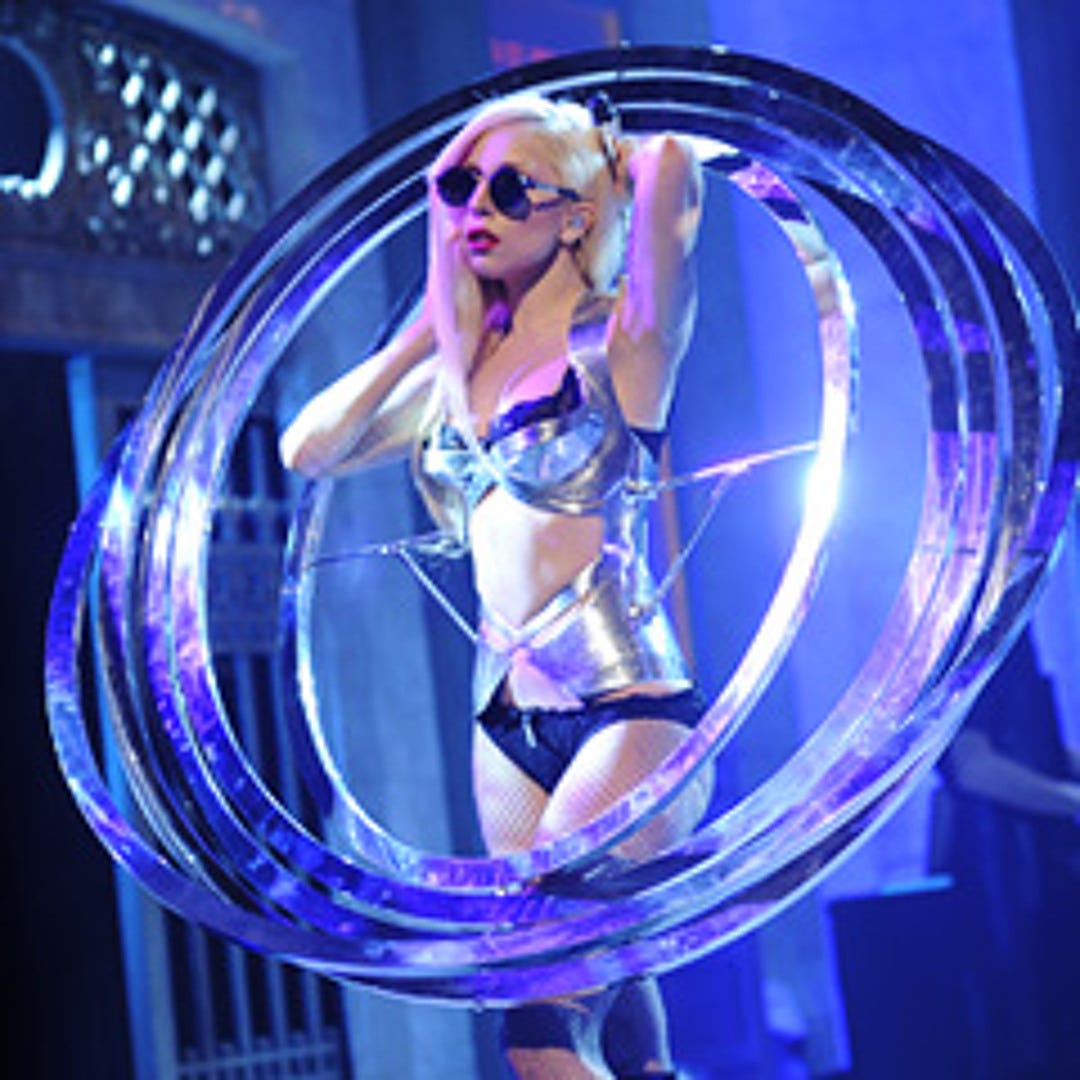
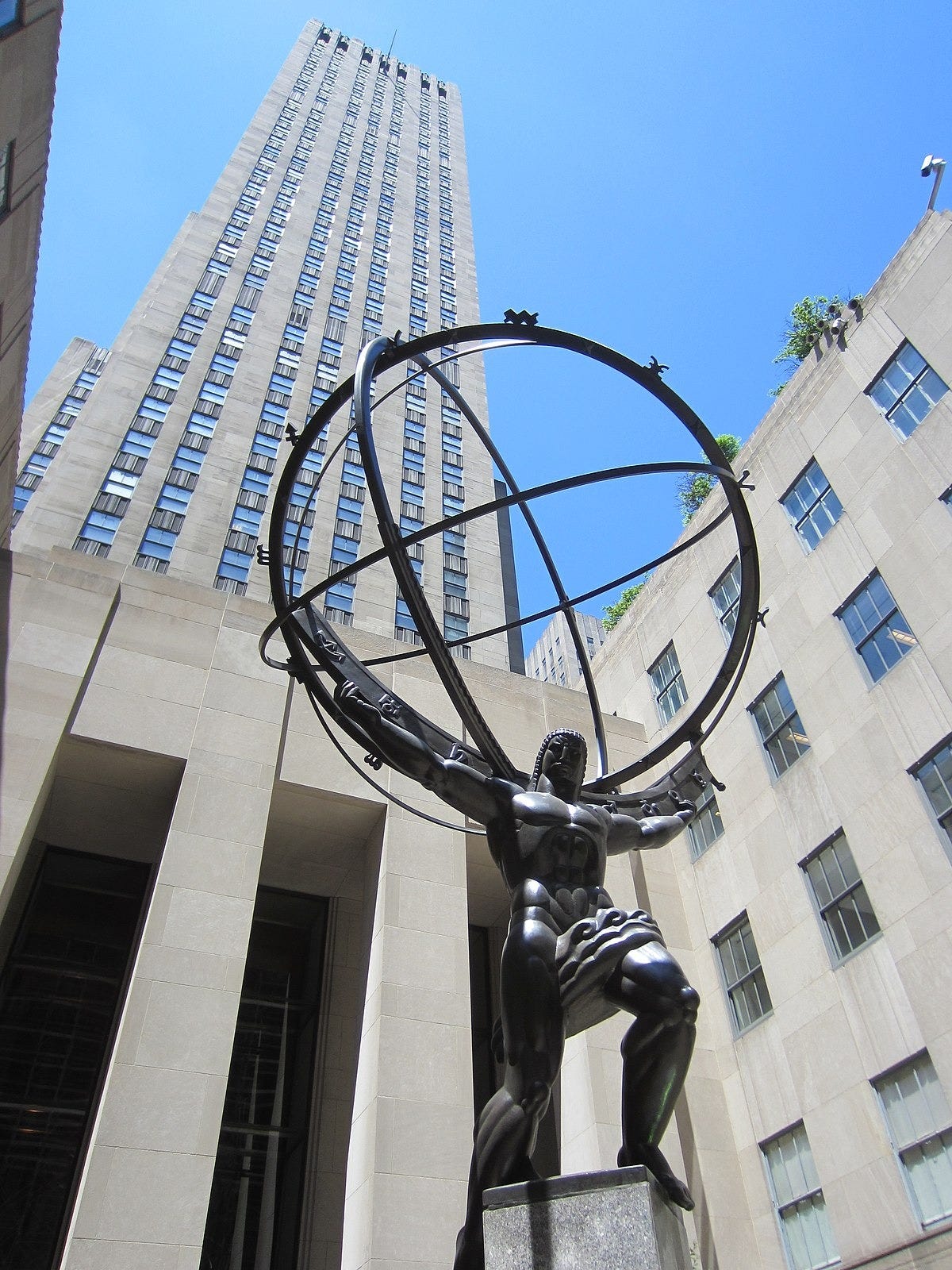
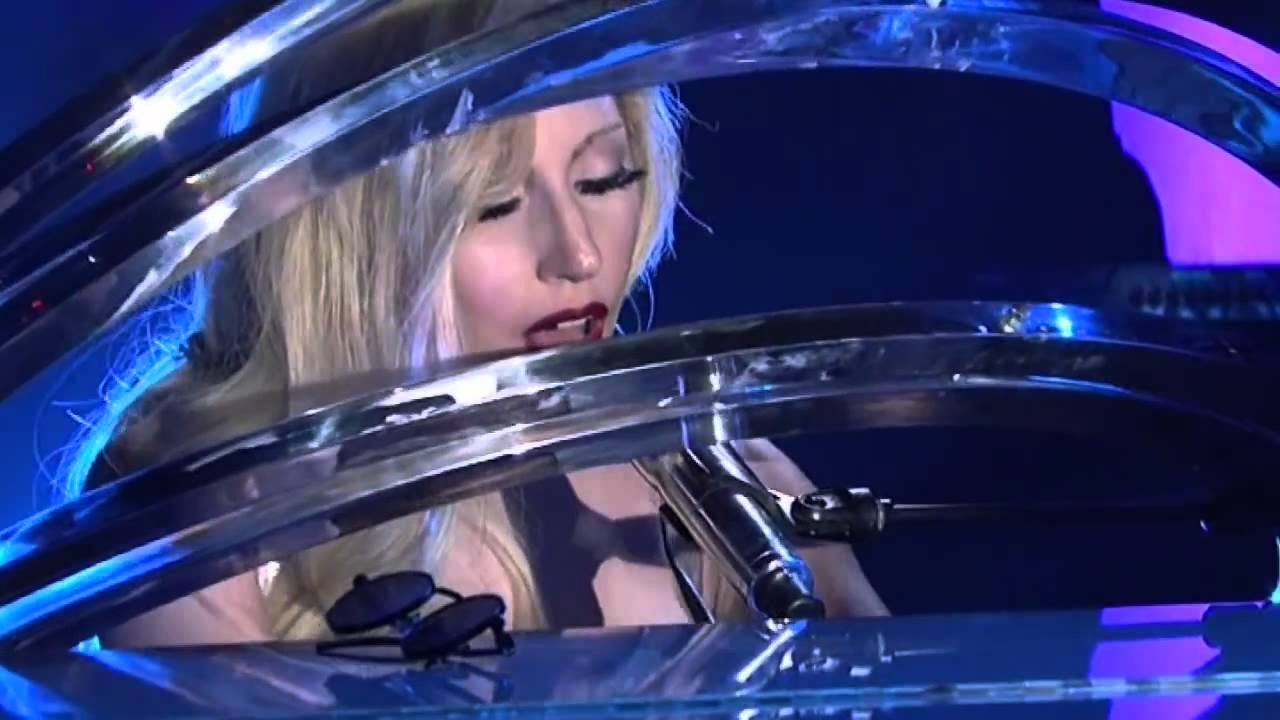
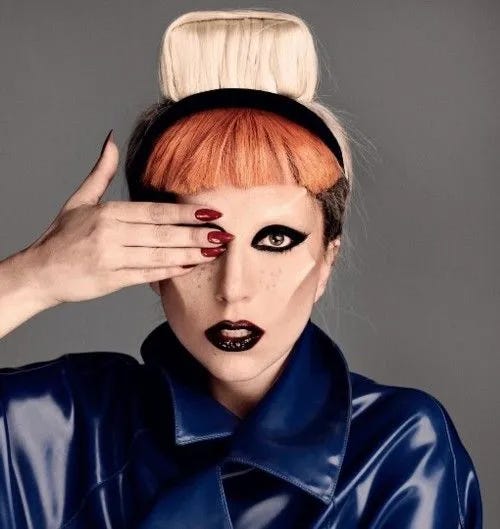
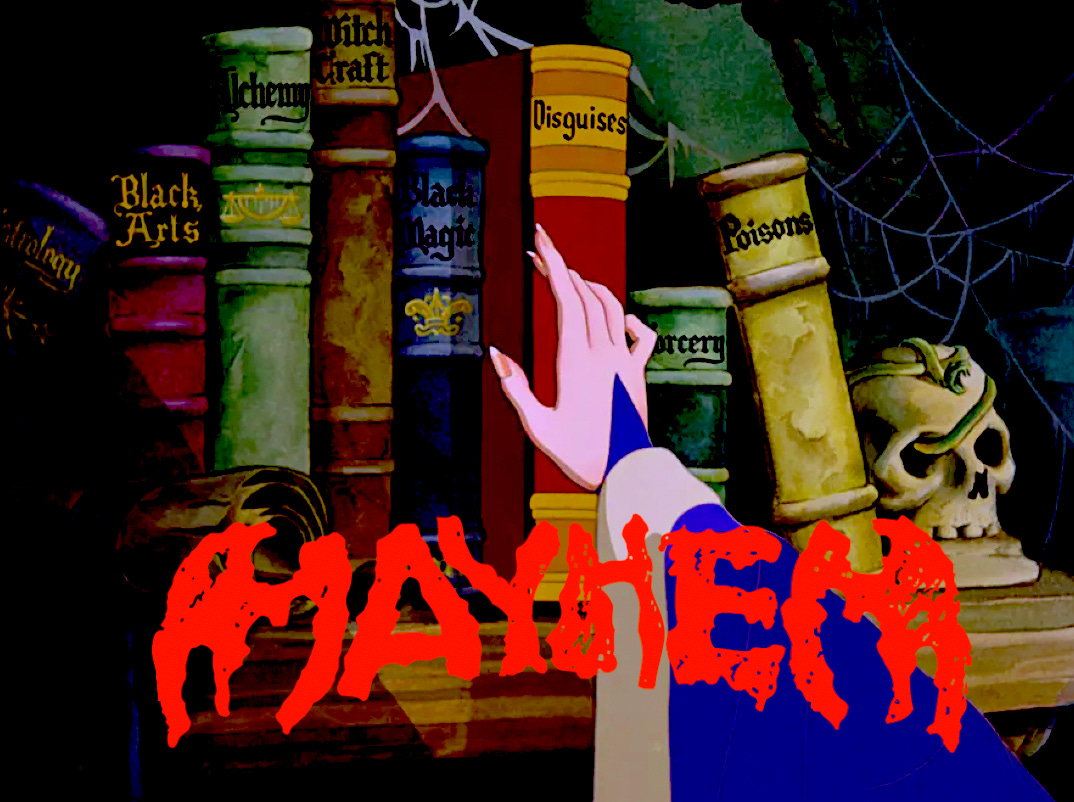



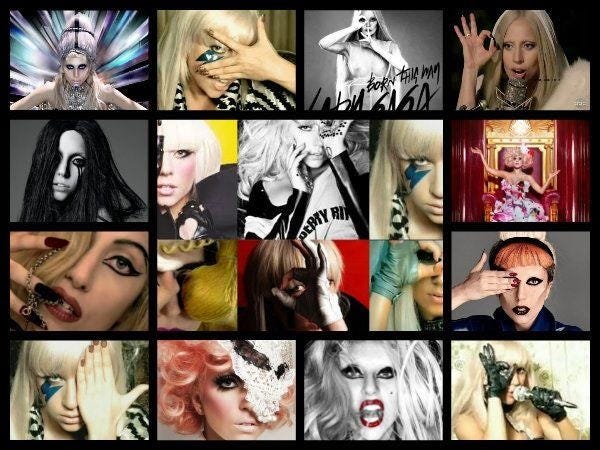
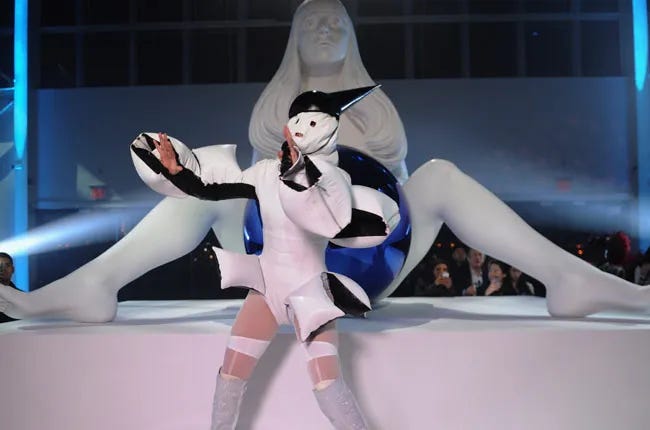

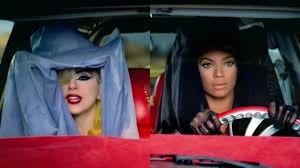
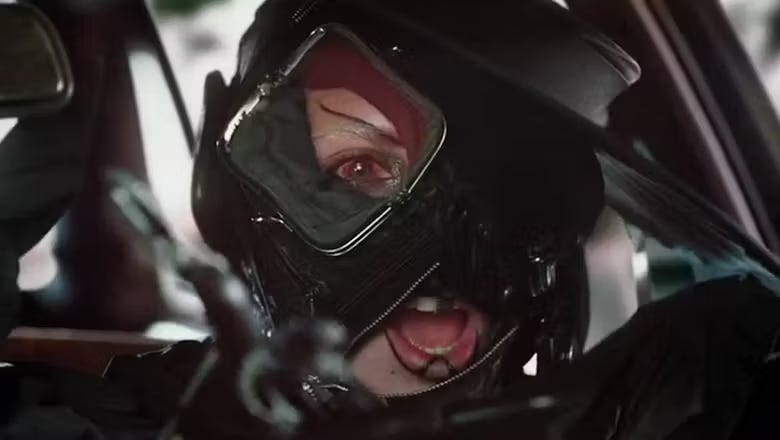
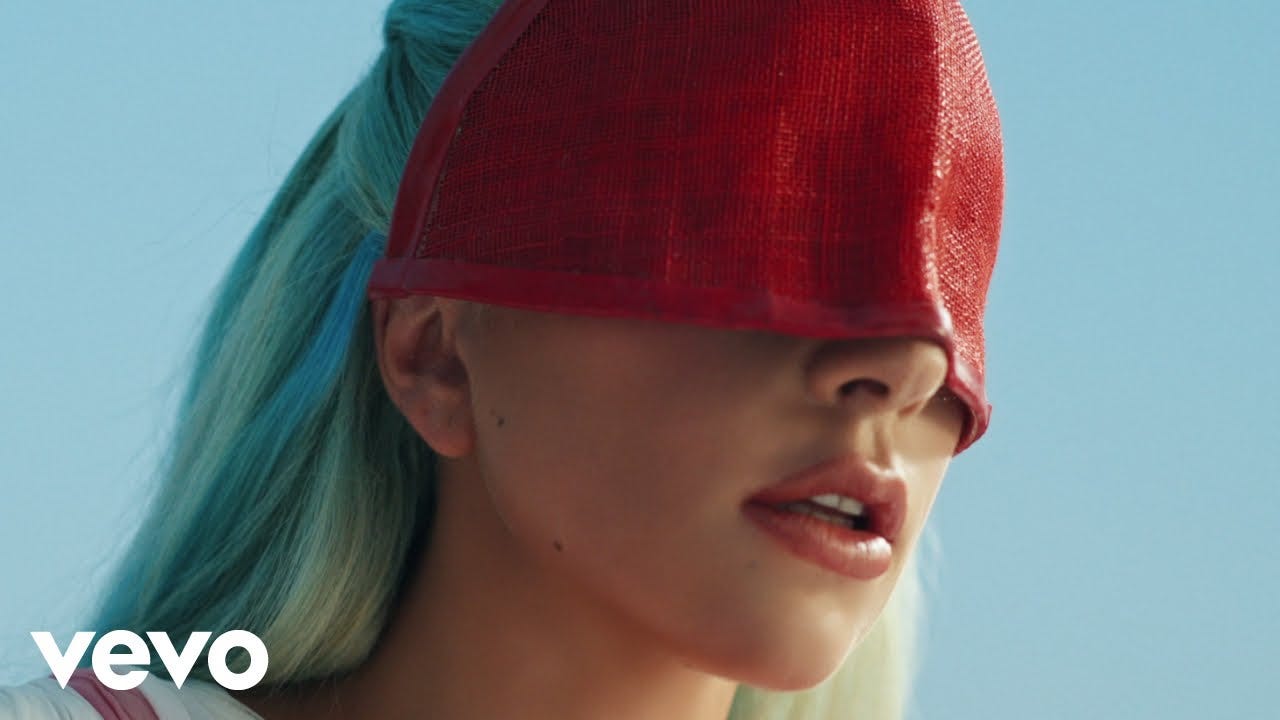
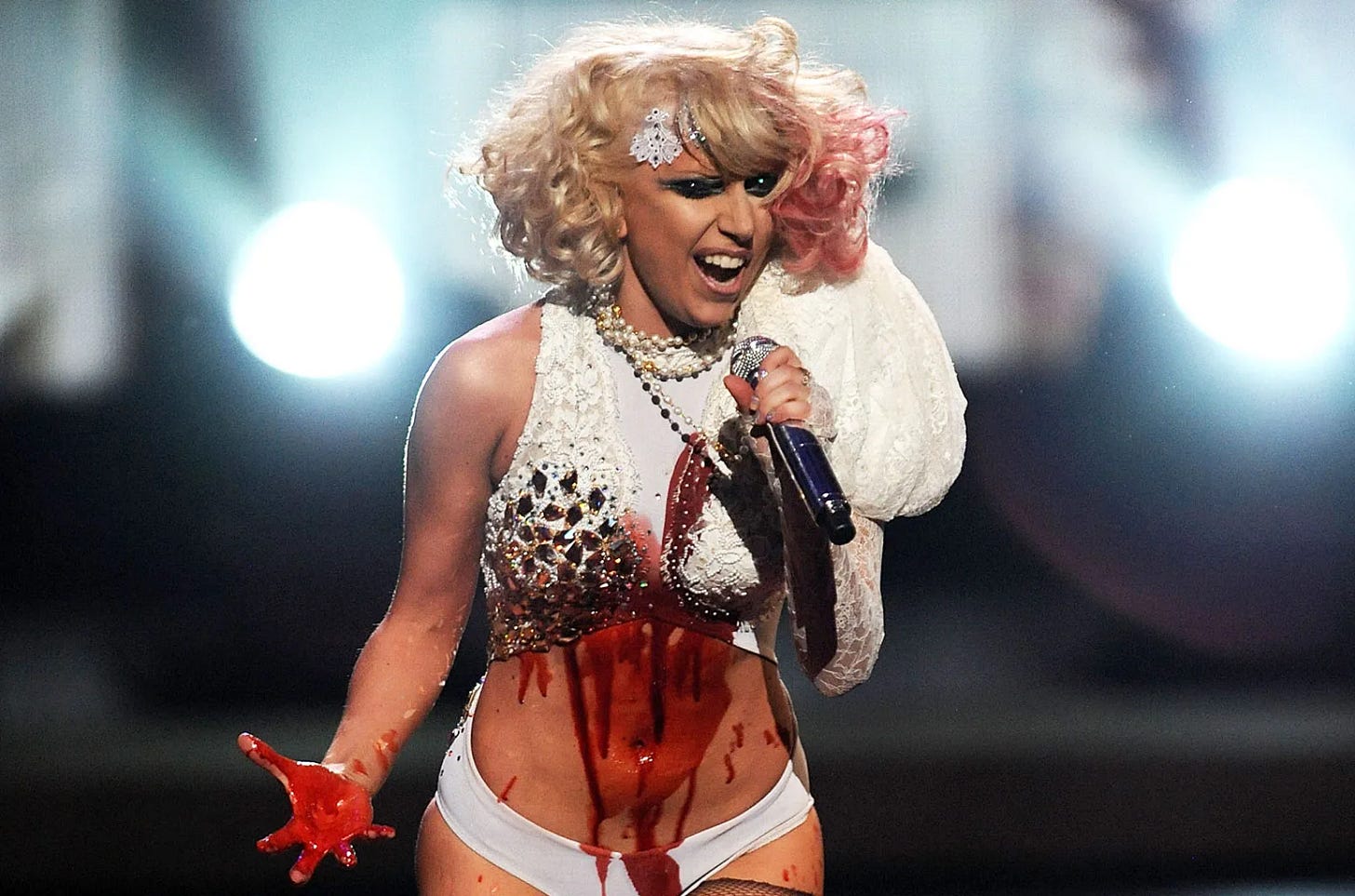
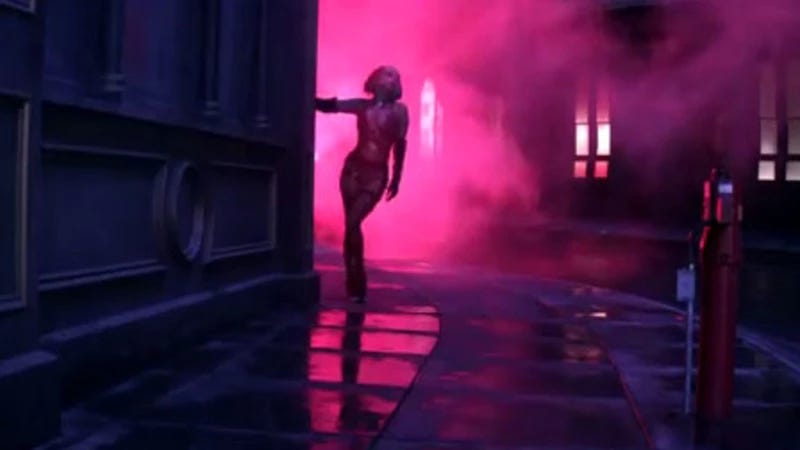
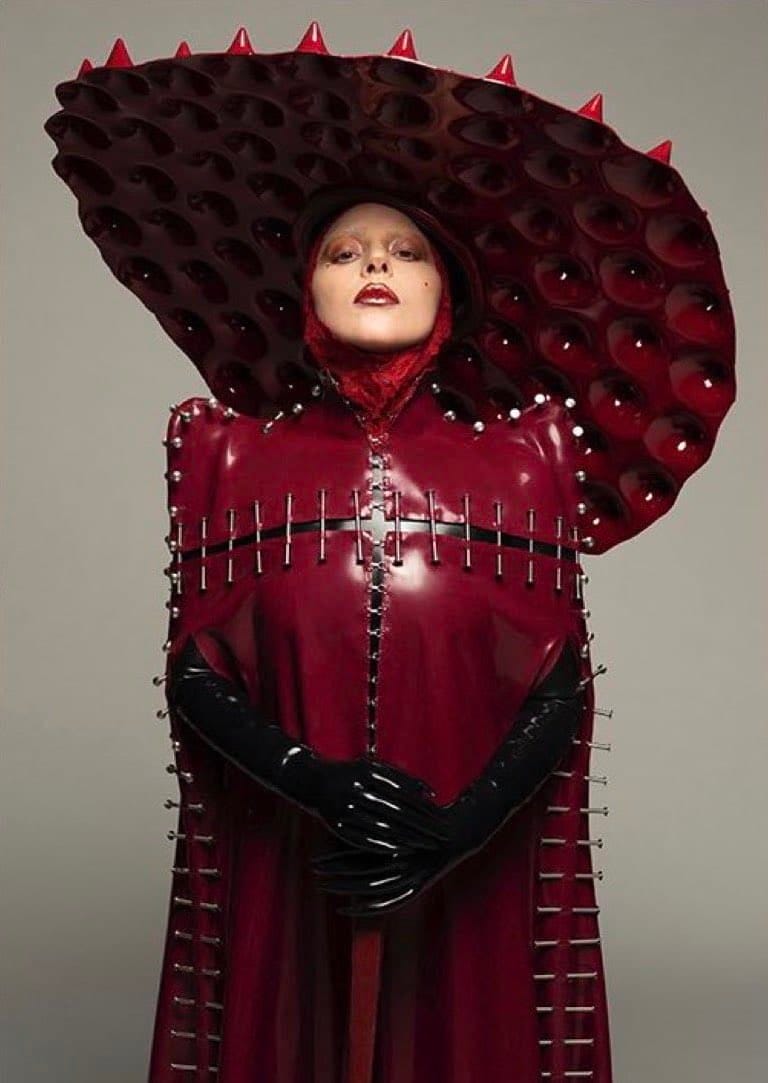
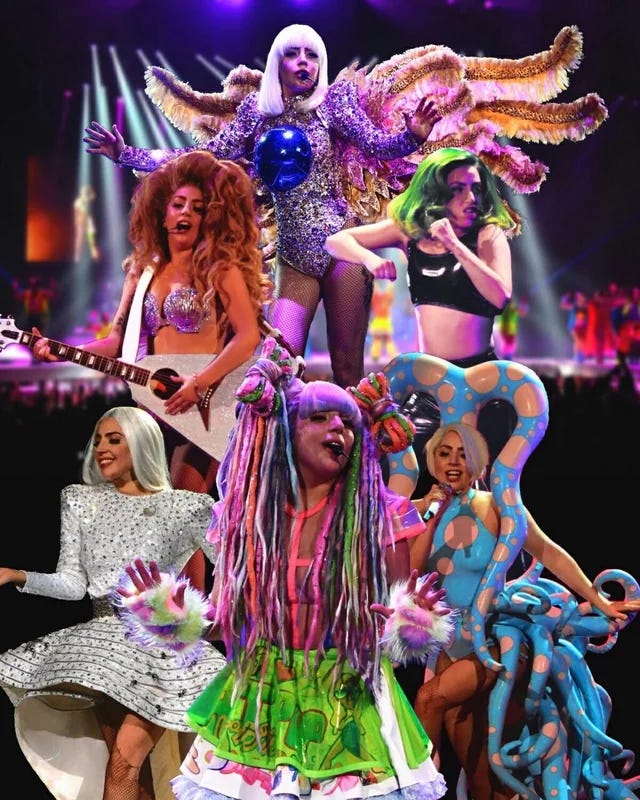
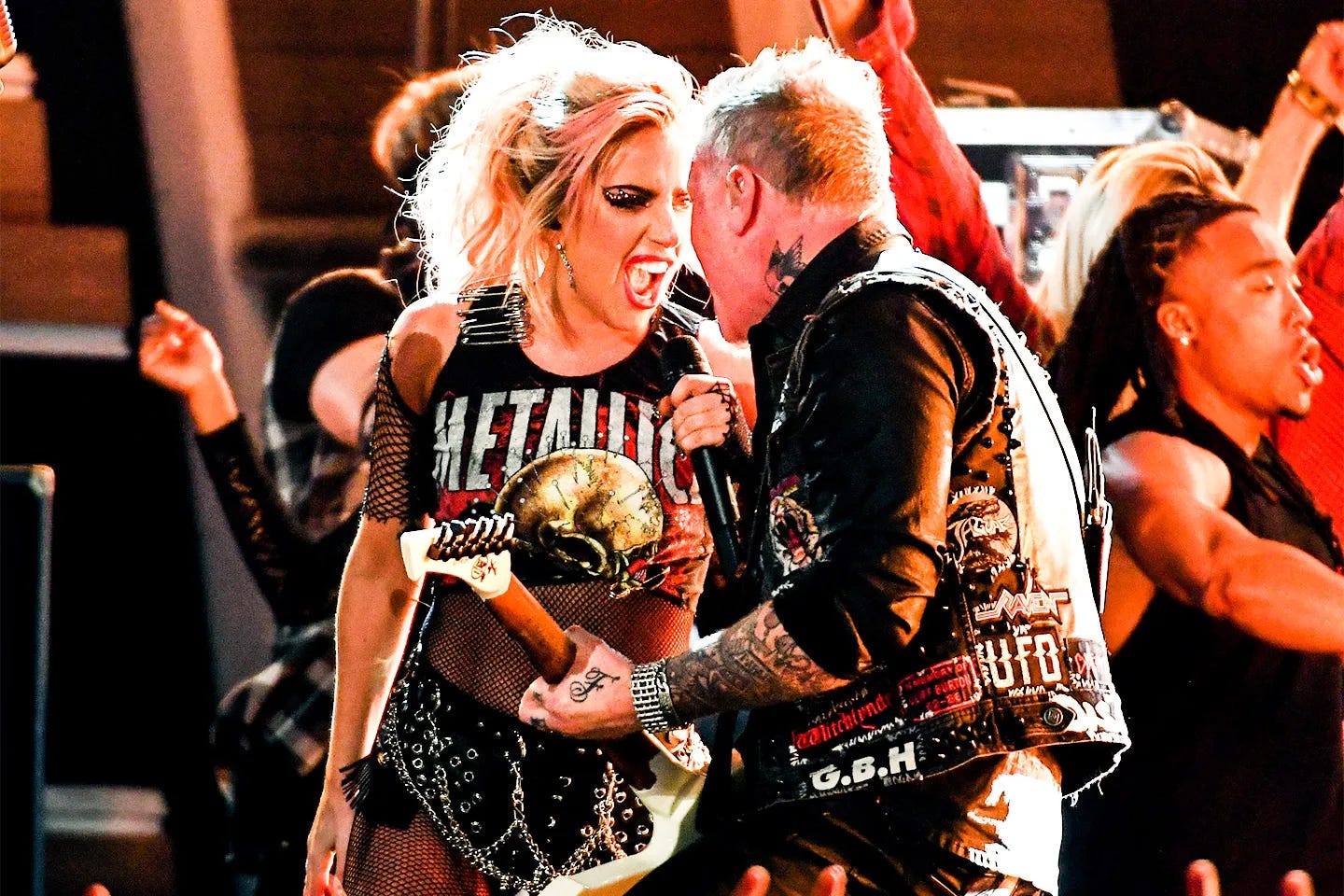
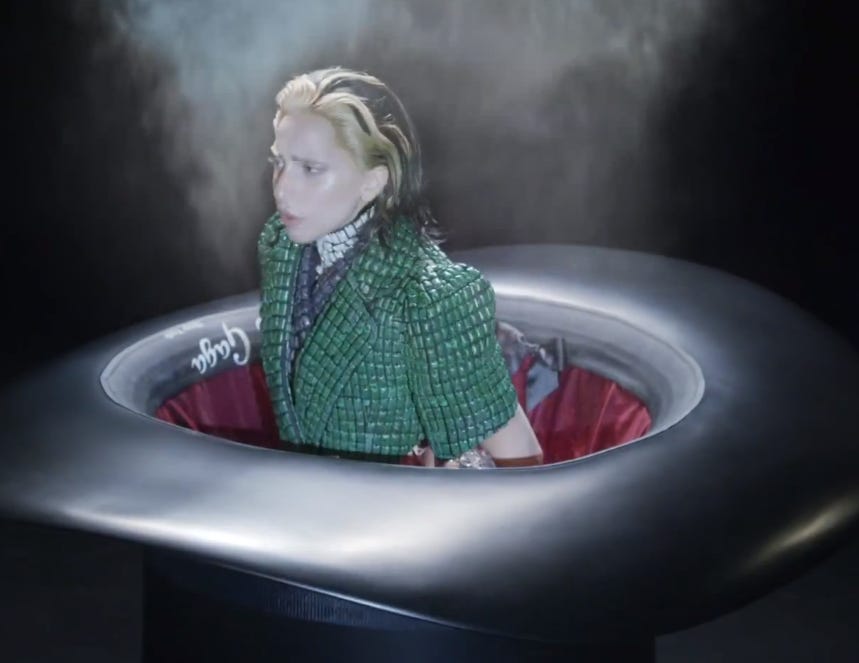
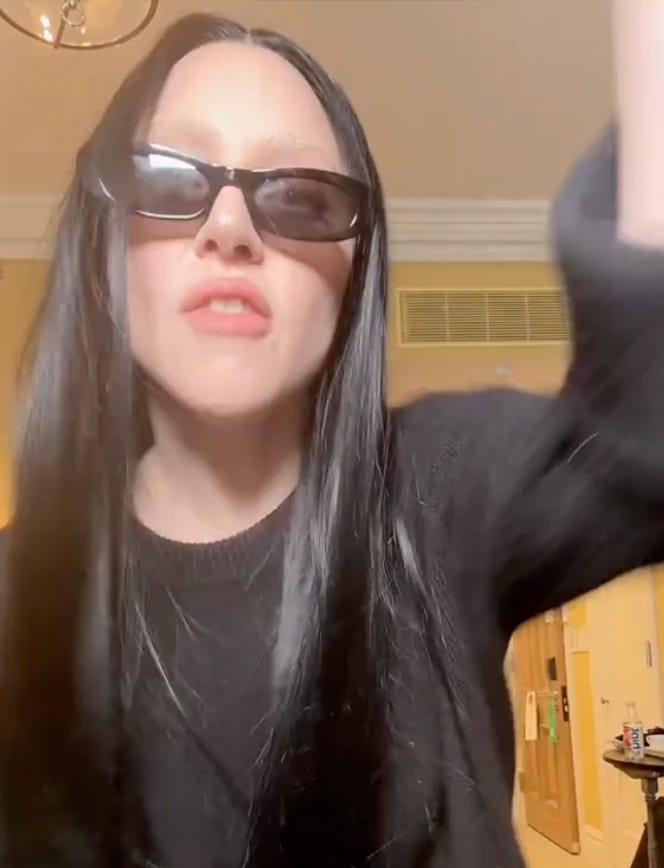
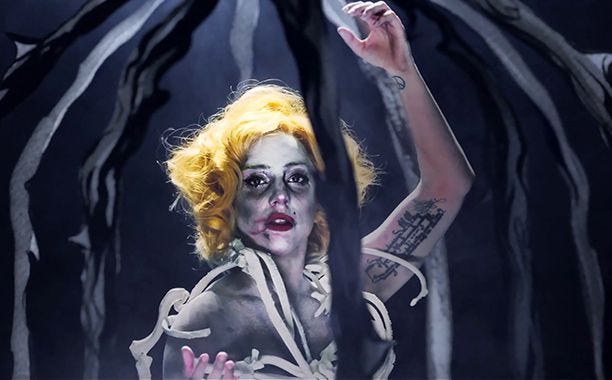
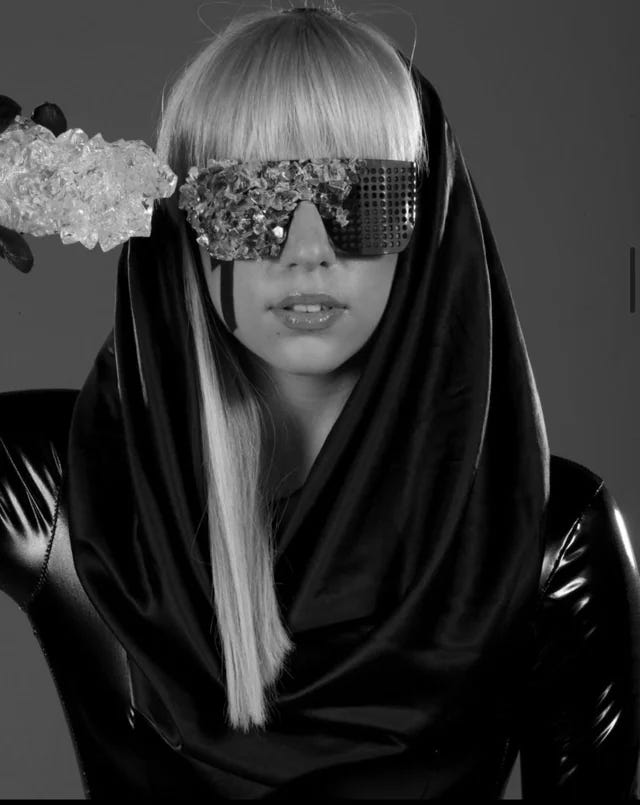
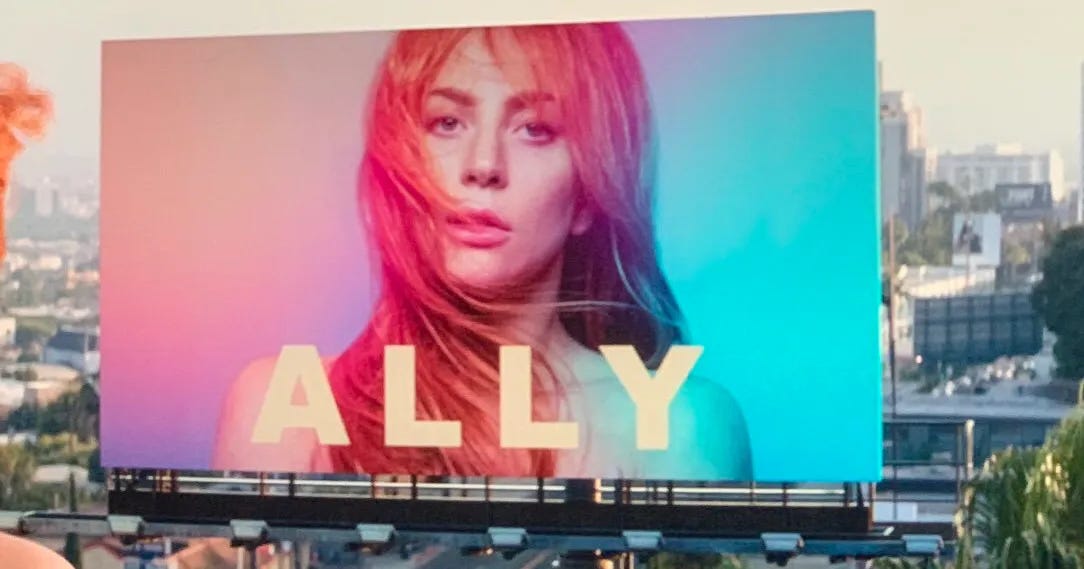
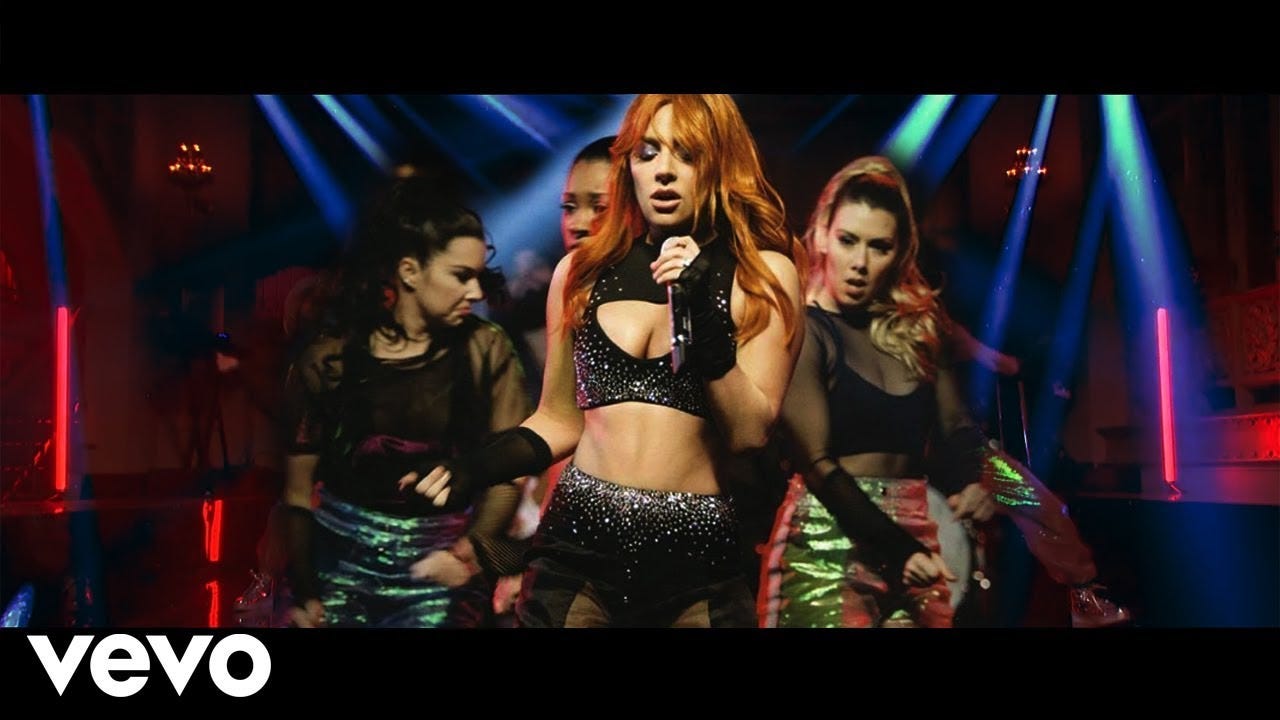
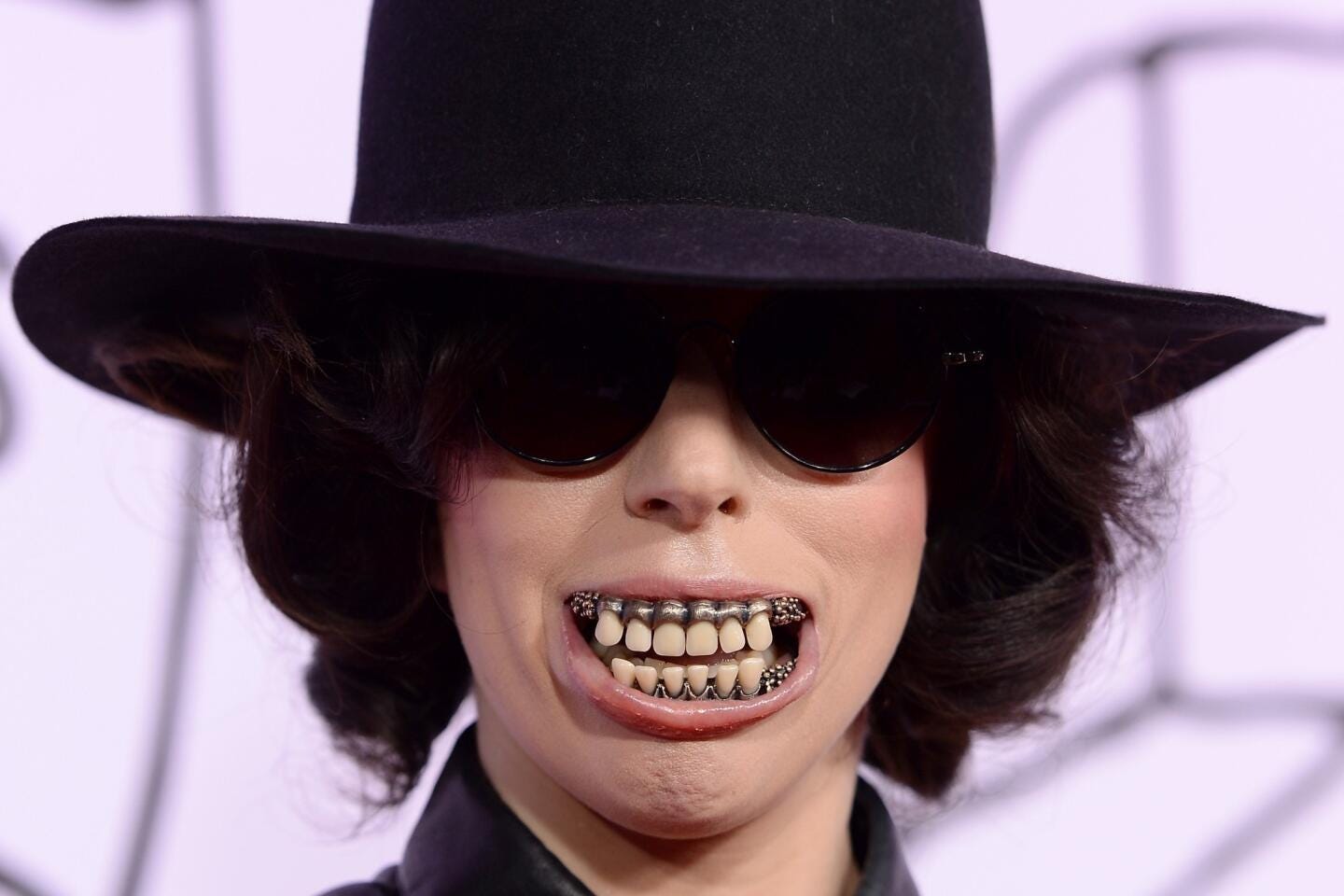

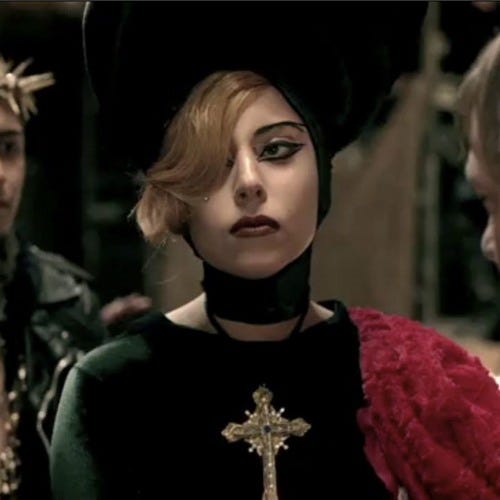

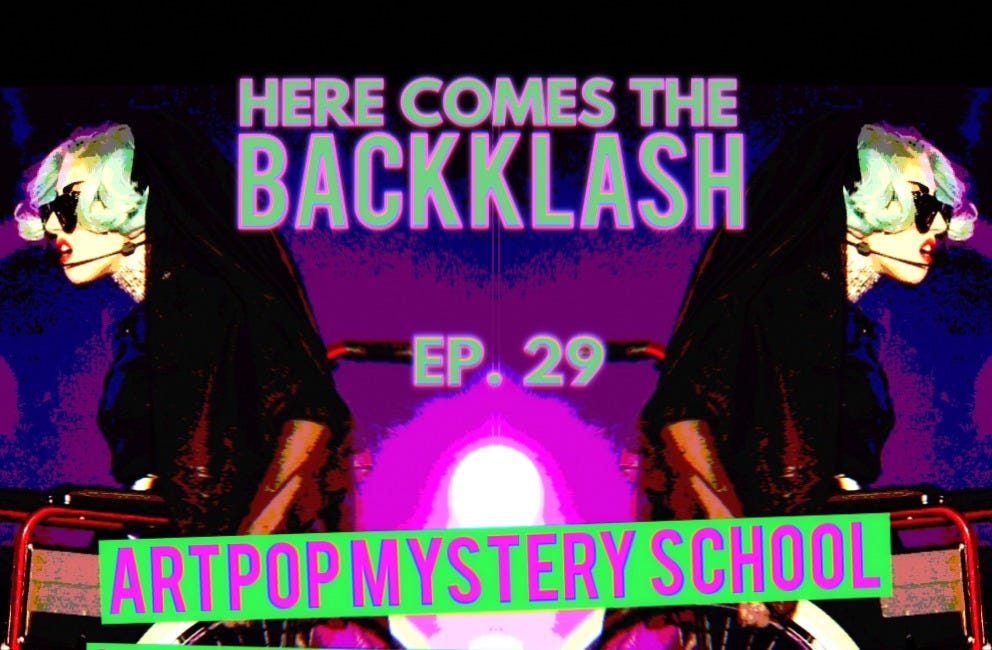
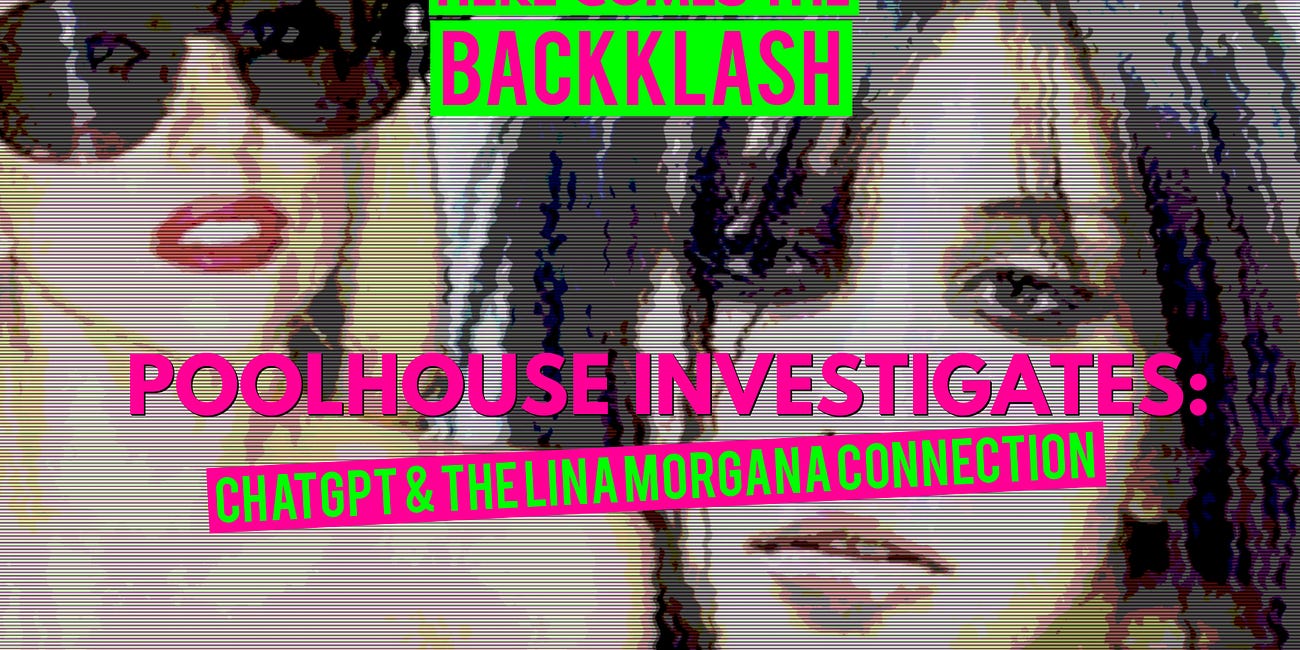
I stan this Brilliant Gaga Treatise